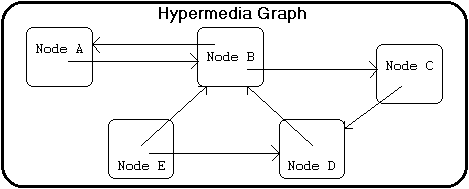Management Information Systems
After reading the ten materials from the links that have been recommended by Mr. Rudi, I tried to summarize the important subject matters relating to the management of information systems. The MIS concentration prepares students to excel professionally and contribute meaningfully to the knowledge or information economy of the 21st century. MIS professionals bring technology and business together to deliver information solutions that help organizations meet their goals. This is a system that provides information needed to manage organizations effectively. It is also the one business concentration that combines business and technology–exactly what Silicon Valley is all about. That's why our graduates regularly score the highest starting salaries of all of the business concentrations and get jobs at great places like Google, Cisco, HP, Apple and eBay.(Source: http://www.sjsu.edu/isystems/)
MIS professionals help firms realize maximum benefit from investment in personnel, equipment, and business processes. MIS is a people-oriented field with an emphasis on service through technology. If you have an interest in technology and have the desire to use technology to improve people’s lives, a degree in MIS may be for you. (Source: http://mays.tamu.edu/info/what-is-mis/)
Nowadays, computer technology and internet is very close to our life. Almost all people in the world use the internet for communication, for studying, and for business. The Internet is a global system of interconnected computer networks that use the standard Internet Protocol Suite (TCP/IP) to serve billions of users worldwide. In education field, the power of internet lies in offering authentic materials, software, education plans, list of exams, literature, etc. to schools, universities, and institutions all over the world but under the same conditions. (http://www.pc-os.org/helpful-management-information-systems/).
Another system information relates to technology that we often discuss is multimedia. Multimedia means that computer information can be represented through audio, video, and animation in addition to traditional media (i.e., text, graphics drawings, images) (Source: http://www.cs.cf.ac.uk/Dave/ISE_Multimedia/node10.html ). When we are talking about multimedia, we also connect it with hypertext and hypermedia.
Hypertext is inherently nonlinear: it is comprised of many interlinked chunks of self-contained text. Readers are not bound to a particular sequence, but can browse through information intuitively by association, following their interests by following a highlighted keyword or phrase in one piece of text to bring up another, associated piece of text. (Source: http://www.iicm.tugraz.at/0x811bc82b_0x0005f59f )
| ||
Hypermedia is the generalization of hypertext to include other kinds of media: images, audio clips and video clips are typically supported in addition to text. Individual chunks of information are usually referred to as documents or nodes, and the connections between them as links or hyperlinks the so-called node-link hypermedia model. The entire set of nodes and links forms a graph network. A distinct set of nodes and links which constitutes a logical entity or work is called a hyperdocument; a distinct subset of hyperlinks is often called a hyperweb. (Source:http://www.iicm.tugraz.at/0x)811bc82b_0x0005f59f )
| ||
We are very familiar with what is called HTML. HTML which stands for Hyper Text Markup Language, is the predominant markup language for web pages. HTML is the basic building-blocks of webpages.The purpose of a web browser is to read HTML documents and compose them into visual or audible web pages. (Source:http://vincentpage.blogspot.com/)
|




Tidak ada komentar:
Posting Komentar